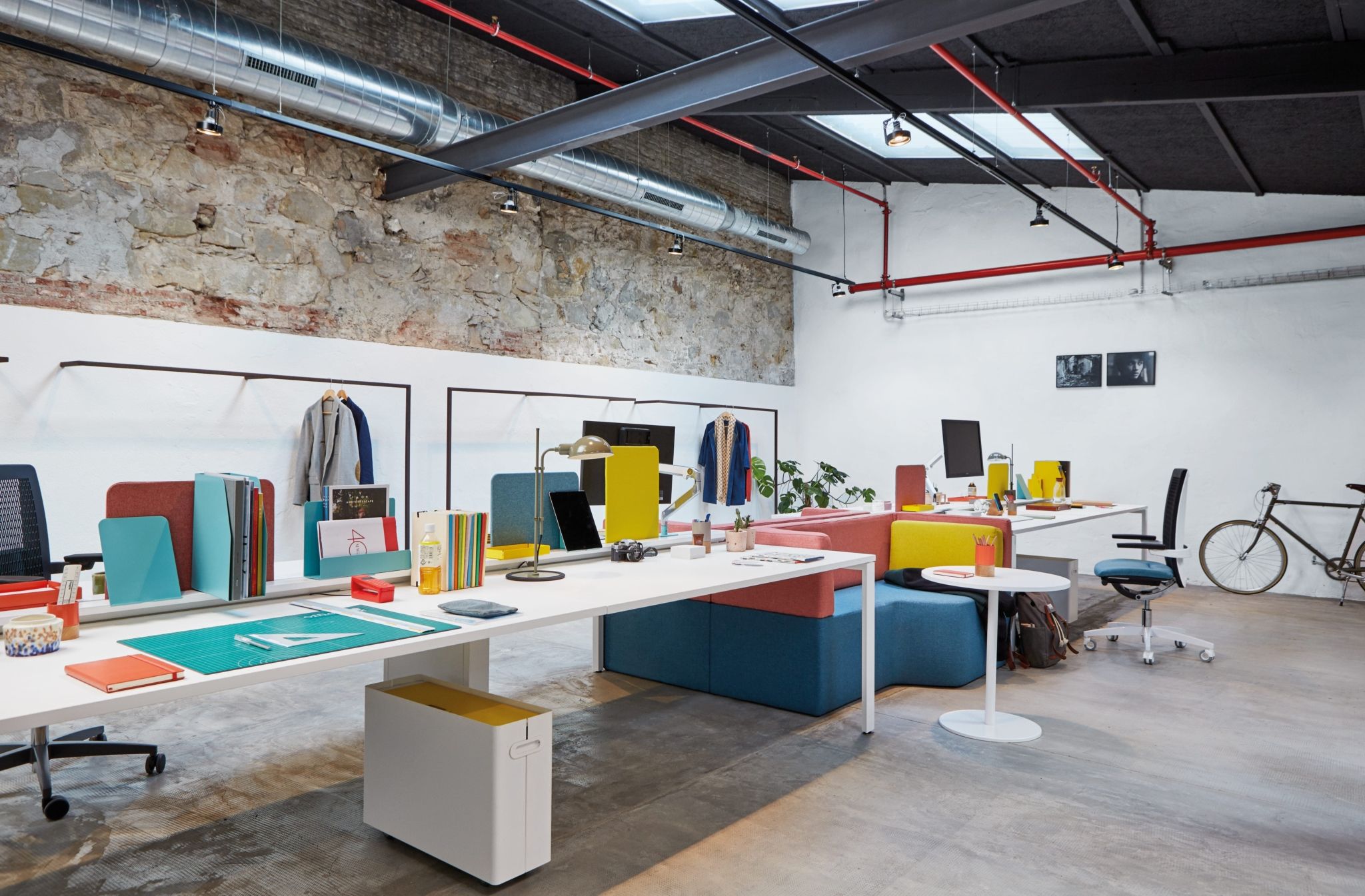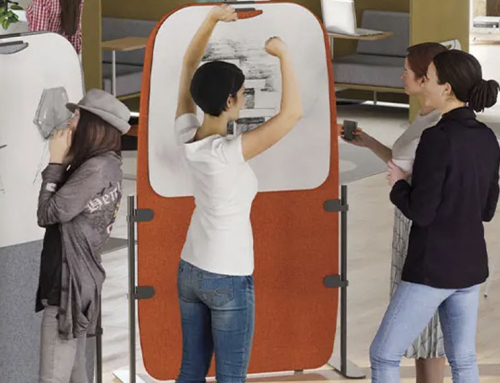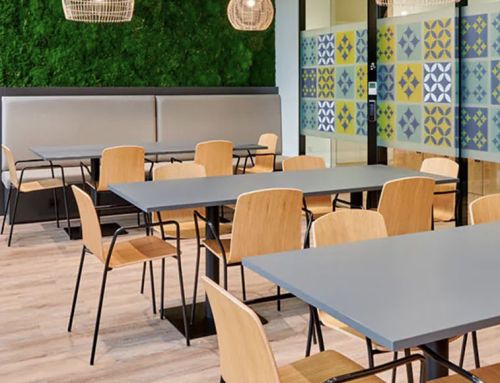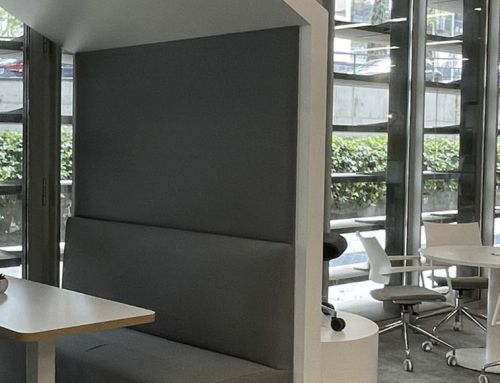According to an analysis by Ofita we practically spend 60% of our working day in meetings or collaborating with others and 40% of operative work stations are empty at any time of the day.
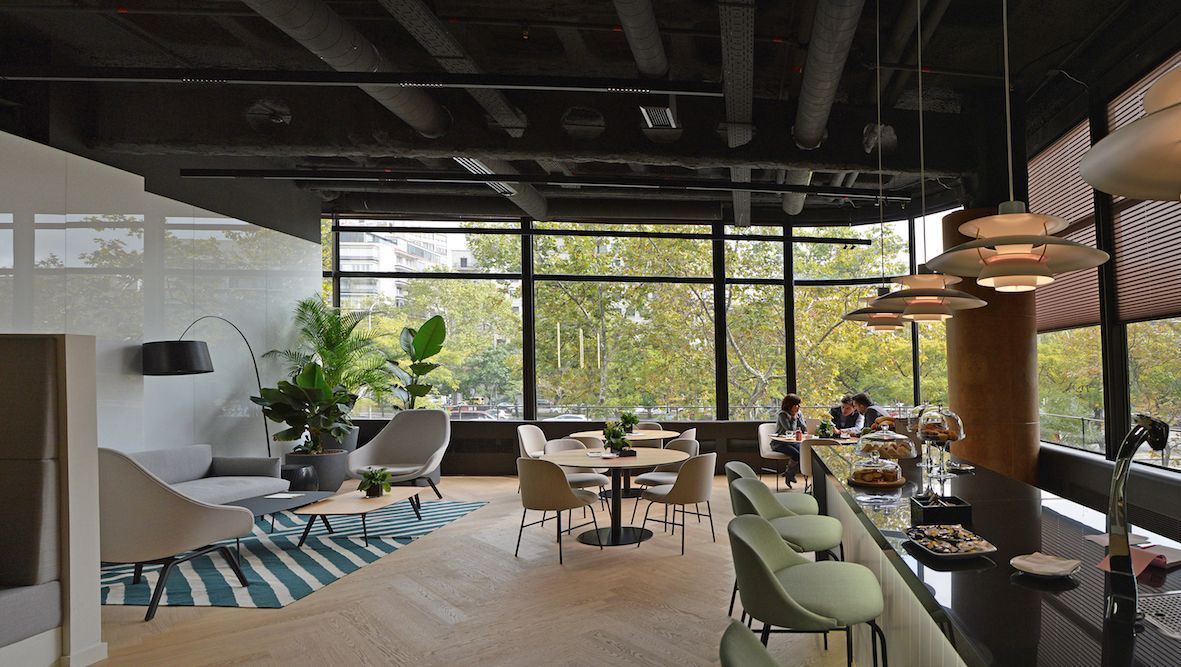
Savills Aguirre Newman – Madrid
The ways in which we work in offices and the use given to the work space have significantly changed in the last year according to Ofita’s study. Thus, during the 80s and 90s 40% of offices were closed box-shaped work stations, leaving very little space for areas used for team work, meeting, informal spaces, workcafés, etc. Collaborative spaces barely represented 20% of the office.
At the beginning of 2000, collaborative and meeting areas continued representing practically 20% of the space but individual work stations in open spaces represented already 65% of the space; goodbye to closed boxes. In 2020, 60% of the space will be collaborative.
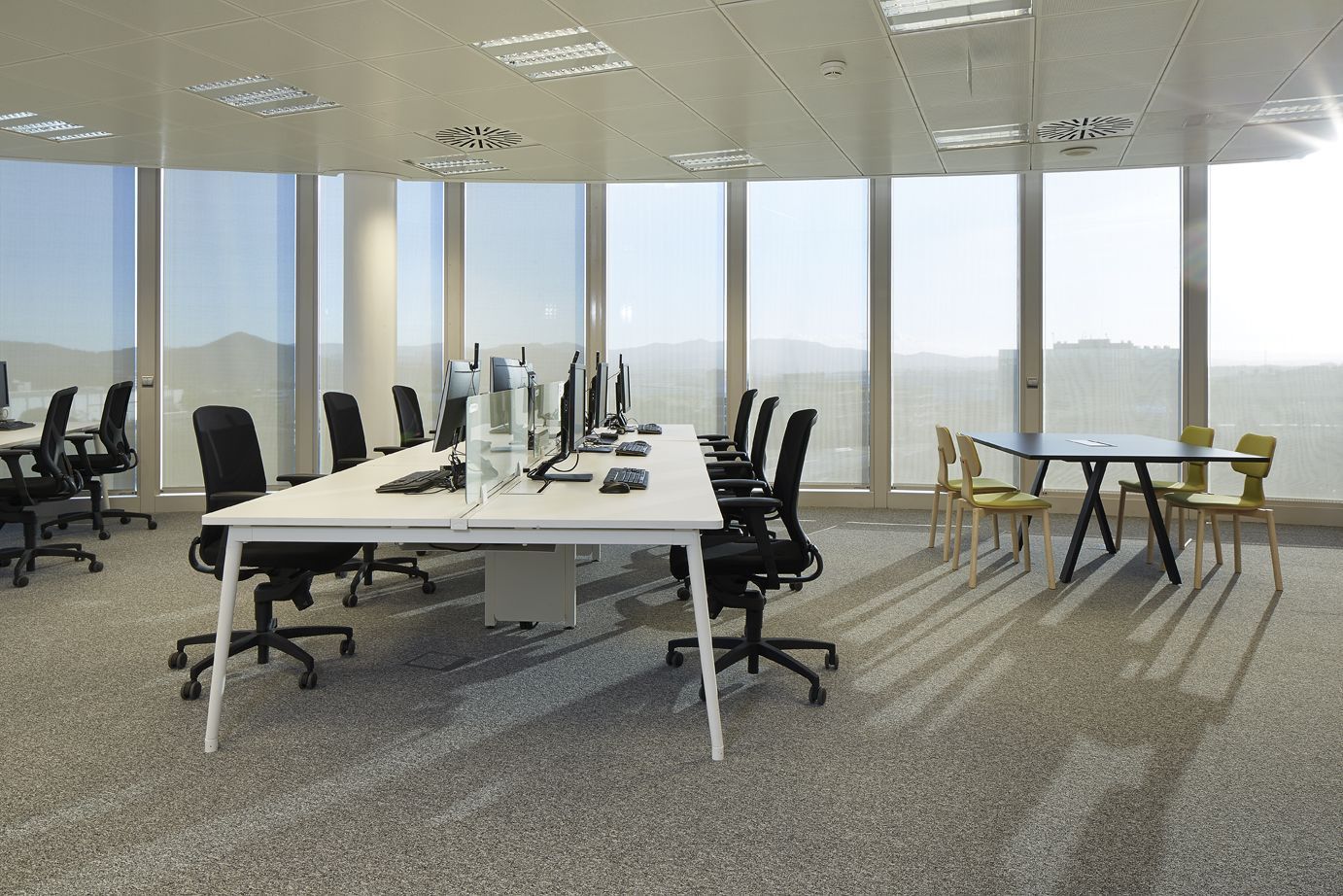
Interaction areas are the most demanded spaces
The number of closed offices also reduces drastically; while by the end of the 20th century they represented 30% of the space, at the beginning of 2000 only represented 15% of the office and the trend is to disappear.
Interaction areas are the most demanded spaces in the design of actual offices and they are increasingly important.
61% of meetings are scheduled and have an average duration of 23 minutes; and 39% of them are unexpected and of 18-minute duration.
This means that meetings most frequently held are those which involve fewer people and which do not take long. For this reason, offices today have many spaces which favour improvised meetings without the need for booking.
In addition to a different use of space, new offices involve a considerable change in the design; appropriate to the way millennials, whom in 2020 will represent 50% of the population of our offices, understand the professional and personal world.

Offices also have to combine among others the following attributes:
- Flexibility, technology and coworking/collaboration spaces are the three initial premises of the new offices taking into account the rise of this new talent.
- Digital nomads go to offices to collaborate and share with the team and therefore it is important to expand informal areas, with added value and collaboration.
- Technology is another great challenge of new offices as it promotes mobility and boosts collaboration between different teams disseminated throughout the world.
- A good approach for the design of offices with digital nomads is non-territoriality, i.e., work stations are shared and not assigned to a specific person.
- In order to satisfy the flexibility required by a “pass by” office for many employees, polyvalent spaces are just as necessary, easily to reconfigure for different uses and number of people.
- Sustainable offices, a strong demand of new generations: comprehensive management of energy and environment, CO2 reduction policies or measurement of the carbon print, recycling policies, paper less…
- A design that “gets them hooked” on the brand and makes them feel like “at home”.
- Spaces in line with new corporate policies of the wellbeing oriented to the retention of talent. Companies are investing on their spaces to improve work environments and increase the satisfaction of its staff.
